by Brooks Riley
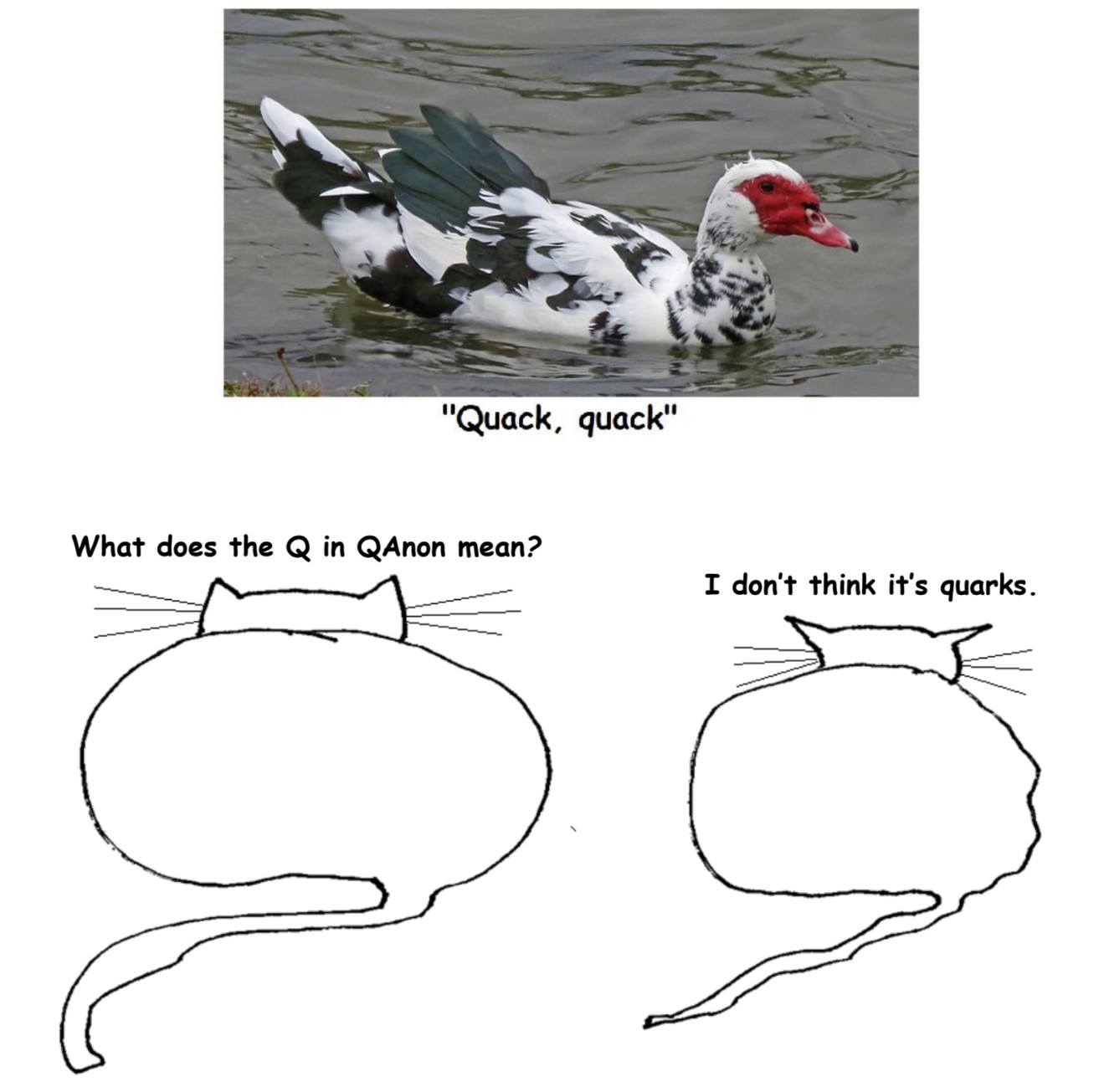
by Brooks Riley

by Eric J. Weiner
There is never time in the future in which we will work out our salvation. The challenge is in the moment; the time is always now. —James Baldwin
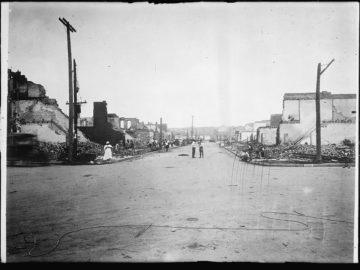
Before the pomp and circumstance of Joe Biden and Kamala Harris’s inauguration officially framed the white supremacist insurrection at the Capitol on January 6 an outlier of U.S. history, an affront to American Exceptionalism, and a brief pause in the Nation’s moral progress, there was a lot of talk about the “big lie” that precipitated it. I expect, with the impeachment trial scheduled to begin next week, that we will again hear quite a bit about the “big lie” and its power to change water into wine. Historically, the big lie, lobbed in concert with many smaller lies, is the one that tips the scale of reason, fuels delusional thinking, and provides the foundation for all kinds of violence and hate. Hitler knew it when he perpetuated the big lie about Jews running a global cabal. And Trump knew it when he repeatedly told the big lie about a rigged and stolen election. Timothy Snyder, the Levin Professor of History at Yale University and author of On Tyranny (2017) says, “There are lies that, if you believe in them, rearrange everything…a big lie is a lie which is big enough that it tears the fabric of reality.” When enough people believe in the big lie, and their beliefs have time to ferment and spread, the big lie becomes a spectacle.
“The spectacle,” as Guy Deborg explained, “is not a collection of images, but a social relation among people, mediated by images… It is a world vision which has become objectified.” Right-wing corporate media and social media platforms, during the past five years, have helped to construct and disseminate the spectacle of the big lie, turning facts into a matter of perspective and words/images into weapons of mass delusion. From the ashes of “the real” arise the rational irrationality of relativistic thinking. The Trumpist cult of mass delusion, aided and abetted by corporate and social media, is unified by the spectacle of the big lie while becoming an integral part of it. But however dangerous the spectacle of the big lie is to democracy, it is not the most pernicious and dangerous lie in America. In fact, Trump’s big lie could not have become the spectacle it did had a bigger lie not preceded it. Read more »
by Akim Reinhardt
 White Americans get a lot of things wrong about race. And not just the relatively small number of blatant white supremacists, or the many millions (mostly over 50, conservative, and/or Republican) bitter about the supposedly undue attention, sympathy, and “breaks” that minorities receive; who insist actual racism was a problem only in the past, because Civil Rights “fixed” it; who believe anyone complaining about racism is just looking for an unfair edge in America’s level, color-blind playing field; who decry so-called “reverse racism”; who actually believe it is harder to be white in America than to be black or brown; or who simply minimize and downplay the existence racism.
White Americans get a lot of things wrong about race. And not just the relatively small number of blatant white supremacists, or the many millions (mostly over 50, conservative, and/or Republican) bitter about the supposedly undue attention, sympathy, and “breaks” that minorities receive; who insist actual racism was a problem only in the past, because Civil Rights “fixed” it; who believe anyone complaining about racism is just looking for an unfair edge in America’s level, color-blind playing field; who decry so-called “reverse racism”; who actually believe it is harder to be white in America than to be black or brown; or who simply minimize and downplay the existence racism.
Not just them. Even the small majority of whites who recognize that race remains a big problem in America often get it wrong. For example, many (most?) of them think that race is primarily about black and brown people. It’s not. Racism is primarily about white people.
Minorities suffer the effects of racism, and we must acknowledge and work to end that; however, you cannot cure an infection by simply placing a band-aid over the sore. You must clean out the wound thoroughly, surgically if need be, disinfect it, and then attack the infection at its root with antibiotics. In the old days it might have meant cutting off an appendage or limb. Similarly, racism won’t end or even be substantially reduced by strictly focusing on the suffering of its victims and making amends. Those are important and necessary first steps, but they don’t get at the core of the problem. Minority suffering is racism’s result, but racism is caused by what white people think and do.
White people empathizing with black and brown people is important, and it is vitally important that whites listen to minority voices. However, ending or substantially reducing racism will not come about until white people talk to each other and sort themselves out. Because racism is a white problem. Read more »
by Leanne Ogasawara

1.
The sound of thousands of clattering stainless steel plates and bowls ripple across the water, as hundreds line up to enter the Golden Temple in Amritsar. Built atop a platform in the middle of a pool of water, this is the holiest shrine of the Sikh religion. Pilgrims arrive at the floating “Abode of God” walking slowly across a very crowded covered-causeway.
Just when you think nothing can be done to repair the world, you stand in awe as thousands are fed in the great communal kitchens of the temple.
The numbers are staggering. An army of volunteers show up every morning to chop vegetables, peel garlic, and fry roti. This in preparation for feeding tens of thousands every day. Known as the Langar, this communal meal is an act of charity and love, open and free to all. And what’s more, you don’t have to travel all the way to Amritsar to experience a Langar, as it is practiced in all Sikh places of worship around the world. Sitting on the ground shoulder-to-shoulder so that all are equal, pilgrims are provided with sustenance, ensuring that none leave the temple hungry.
Anyone is welcome to eat and anyone is welcome to serve.
In her beautiful book, Be My Guest: Reflections on Food, Community, and the Meaning of Generosity, Priya Basil—who herself hails from a Sikh family—feels it is a shame the meaning of the word “hospitality” in English has come to be so firmly associated with the industry of hospitality, something which has conflated acts of generosity with capitalist entertainment. And she rightly asks:
“What does this say about us when a notion that long implied giving without getting any return becomes synonymous with paying for services that promise customer satisfaction or your money back?” Read more »
by Bill Murray

Politics as the family business works out better for some than for others. Last year Turkish President Erdogan had to fire his son-in-law Finance Minister. And the Trumps, well … you know. But things are working out pretty well for the Rajapaksas of Sri Lanka.
The President is Gotabaya Rajapaksa, nickname “the terminator.” The Prime Minister is Mahinda Rajapaksa, his older brother. Basil Rajapaksa, “Mr. Ten Percent,” their younger brother, is a former MP. Their other brother Chamal, a former speaker of Parliament, is a cabinet minister, and Namal Rajapaksa, Mahindra’s son, is an MP and Minister of Sports, representing the next Rajapaksa generation.
When we left our story (Read part 1 here) it was six o’clock in the morning, election day 1999 in Nuwara Eliya, a highland tea-picking town south of Kandy, Sri Lanka. Two loudspeakers played the call to prayer, mounted atop a glass-enclosed Buddha statue just by the traffic circle. The sun hadn’t cleared the hills but it was set to be a glorious morning, birds and dew run riot.
At this hour, Nuwara Eliya served mostly as a regional bus station. People queued for rides and a few stores pushed open their doors. At a milk bar (that’s a name for convenience stores, here to New Zealand) I bought toothpaste and remarked how it would be a nice day. Dazzling smile: “It is election day, sir!” Read more »
Elizabeth from Knoxville
We haven’t yet settled on a name for the event. I do see “1/6” being used here and there, a formation parallel to “9/11.” However reference to 9/11 is common, well understood, and routine, while the use “1/6” is sporadic. But then the bombing of the World Trade Center is almost two decades old while the certification riots happened only yesterday. We’ve not had time to understand and assimilate them.
We don’t even know what to call them. I just used the word “riot”, but is that what they were? What does that word imply? What about “protest”, “insurrection”, “putsch”, or as Elizabeth from Knoxville said (see the video clip above), “revolution”? One might answer, “semantics, mere semantics, we all know what you’re referring to.” Well, yes, we’ve got the reference. But figuring out just what those events were, that’s not a matter of mere semantics. The legal and institutional implications of those words are quite different. Riots happen all the time, as do protests, insurrection is quite different, no?
Nor do we know just what happened. We’ve seen the videos, we recognize some of the people – how could we forget the Q-Shaman, with his skins, buffalo horns, and face paint? – and we know that five people died. But all those people and events have connections. How far do those connections reach? Who planned to storm the Capitol ahead of time with specific objectives in view and who just went along with the flow? Who talked with whom? Do any of those communication chains reach into Congress or the White House? What did Donald Trump know and when did he know it? What did he intend?
We have a nation divided against itself. Read more »
by Dave Maier
 Not long ago, a reader complained, politely but firmly, about your humble author’s regrettable tendency to post something called “Blah blah blah pt. 1” and then never get back to it for part two, in particular the post about history, wondering if possibly I thought no one would notice that I had left it hanging. I admit the fault, but I assure my patient reader, or possibly readers, that I do indeed intend to finish each and every one of my multipart posts, and even to make clear how they are related to each other. (That’s the intent, anyway.) So fear not! (I do have to read some more history though … !) This time, though, I finish a different sort of multipart post: my end-of-2020 podcast. Plenty of unfamiliar names, even to me, but some great stuff! As always, widget and/or link below. Read more »
Not long ago, a reader complained, politely but firmly, about your humble author’s regrettable tendency to post something called “Blah blah blah pt. 1” and then never get back to it for part two, in particular the post about history, wondering if possibly I thought no one would notice that I had left it hanging. I admit the fault, but I assure my patient reader, or possibly readers, that I do indeed intend to finish each and every one of my multipart posts, and even to make clear how they are related to each other. (That’s the intent, anyway.) So fear not! (I do have to read some more history though … !) This time, though, I finish a different sort of multipart post: my end-of-2020 podcast. Plenty of unfamiliar names, even to me, but some great stuff! As always, widget and/or link below. Read more »
by Tim Sommers
 Do you have a right to own a microwave oven? To be clear, ideally in a free society, absent a clear showing of harm to others, there’s a presumption that you can do whatever you want and own whatever you can make or buy. So, you do have a basic right to own things – to acquire property, as political philosophers like to say. But it’s consistent with that right for there to be a lot of rules and regulations around what you can own – and even prohibitions on owning certain kinds of things.
Do you have a right to own a microwave oven? To be clear, ideally in a free society, absent a clear showing of harm to others, there’s a presumption that you can do whatever you want and own whatever you can make or buy. So, you do have a basic right to own things – to acquire property, as political philosophers like to say. But it’s consistent with that right for there to be a lot of rules and regulations around what you can own – and even prohibitions on owning certain kinds of things.
Microwave ovens are complicated physical objects, tools or machines, that require pretty advanced technology and technical know-how to make and that almost no one can make all on their own. It would be odd to think of a microwave as the sort of thing you could have a right to. Before they were invented did people have a fundamental, but unexercisable right to own them? They also contain dangerous chemicals and heavy metals and are not entirely safe to discard or recycle. If new information revealed them to be even less safe than we think now, or if changing standards raised the safety bar on all appliances, microwaves could be banned. It’s hard to picture anyone arguing that microwaves couldn’t be banned because we have a fundamental right to own them.
What about cars? They kill a lot of people. But in many places, they are essential, or nearly essential, to mobility and mobility is essential to equality of fair opportunity – and some part of mobility should probably even be counted as a fundamental liberty. Still, we don’t have a fundamental right to own or drive a car – must less an unregulated, unlicensed right to own or drive one. Microwave ovens and cars and guns are just metaphysically the wrong kinds of things to be the object of basic rights, liberties, or political freedoms.
Let’s talk about guns. Read more »
by Scott F. Aikin and Robert B. Talisse
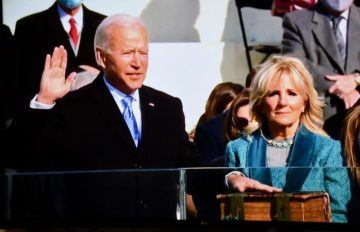
Deep disagreements are disagreements where two sides agree on so little that there are no shared resources for reasoned resolution. In some cases, argument itself is impossible. The fewer shared facts or means for identifying them, the deeper the disagreement.
Some hold that many disagreements are deep in this way. They contend that reasoned argument has very little role to play in discussions of the things that divide us. Call these the deep disagreement pessimists – they claim that many of the disputes we face cannot be addressed by shared reasoning.
There are also deep disagreement optimists. Their view is that deep disagreements are intractable only for contingent reasons – perhaps we have not yet surveyed all the available evidence, or we are waiting on new evidence, or there is some background shared methodological principle yet to be uncovered. With deep disagreement, the optimist holds, it is hasty to give up on rational exchange, because something useful is likely available, and the costs of passing such rational resolution up are too high. Better to keep the critical conversation going.
Disputes among pessimists and optimists regularly turn on the practical question: Are there actual deep disagreements? The debates over abortion and affirmative action were initially taken to be exemplary of disagreements that are, indeed, deep. Later, secularist and theists outlooks on the norms of life were taken to instantiate a divide of the requisite depth. More recently, conspiracy theories have been posed as points of view at deep odds with mainstream thought.
This brings us to QAnon. Read more »
by David Kordahl
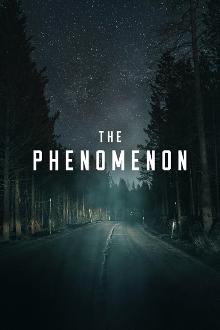
There are two main types of people who seek out arguments that contradict their beliefs: those who are not afraid to change their mind, and those cannot imagine themselves doing so. I’m not sure which type I was a few years ago when I watched Out of the Blue, a documentary that billed itself as “the definitive investigation of the UFO phenomenon.” I was living at the time near Phoenix, Arizona, and was vaguely aware of its paranormal enthusiasts, but I wasn’t one of them. I watched the documentary as entertainment, to distract myself while grading papers. (Back then, I was teaching high school science.) When I turned it on, I hadn’t expected to be convinced. I also hadn’t expected Phoenix to play any part in the movie, so I was surprised to learn, in its first extended segment, about the “Phoenix lights,” a mass UFO sighting over Phoenix in 1999, and even more surprised when Fife Symington, Arizona’s governor during the incident, confirmed on camera that he had seen something and, despite his best efforts, hadn’t gotten to the bottom of it.
This was the first time I had ever considered UFOs as a non-fictional possibility, and I went around asking friends and coworkers about it. I only met one person who said she had seen the lights, a laboratory technician from Maricopa who played viola in my chamber music group. I remained interested in the subject, but despite her confirmation I looked no further.
Too bad for me. UFOs have gotten a mainstream boost in the past few years, and seem now to have neared the cusp of respectability. In 2017, the New York Times reported on the existence of ongoing efforts within the US defense department to understand them, and since then the gray lady has continued her UFO coverage apace. In 2019, the New Yorker published an interview with Avi Loeb, the Harvard astronomer who has argued that ‘Oumuamua, an elongated object spotted within our solar system, may be a guided craft, and this month, they reviewed Loeb’s book on the subject.
At the end of 2020, James Fox, the director of Out of the Blue, released a new film titled The Phenomenon. It’s a polished piece of work (“the definitive investigation of the UFO phenomenon” might be a good tagline for it if that one weren’t already taken), and it’s designed to capitalize on the new UFO respectability, of which Fox is but one architect. Yet as a viewer, I’ve changed, and what might have been mind-blowing a few years ago now seems a little propagandistic, though I admittedly continue to be confused. Read more »
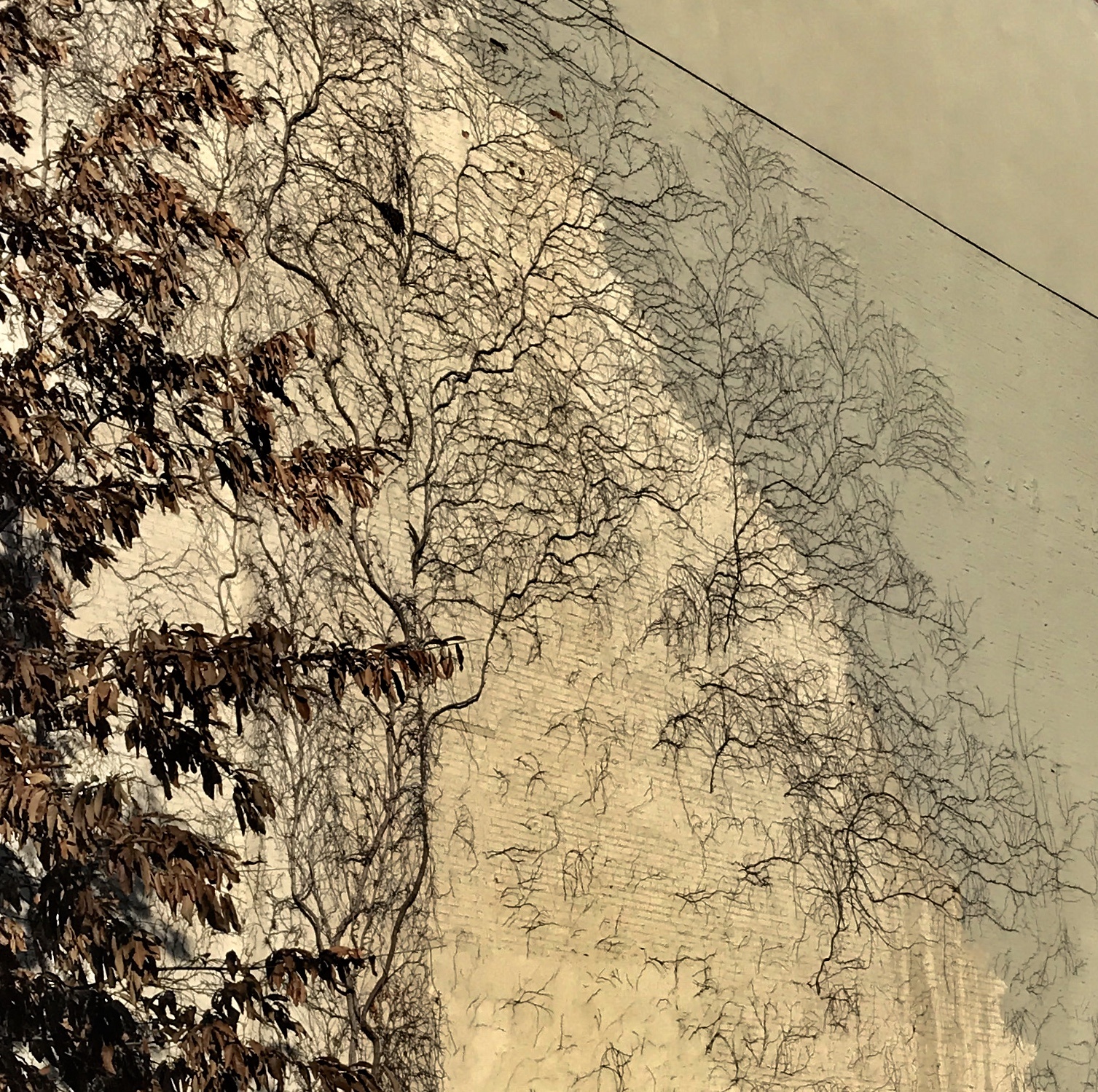
Sughra Raza. After The Last Trees. January, 2020.
Digital photograph.
by Varun Gauri
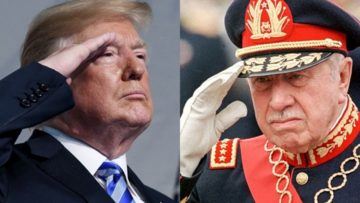
An autocratic president, whom the opposition blames for thousands of deaths, faces a referendum on his rule. The majority rejects him in the election, but around 45% vote for him to remain in office. The would-be permanent dictator begrudgingly departs, yet he retains a fanatically loyal following, especially among the religious right, some business leaders, the security establishment, and voters scared of socialism. Conservative politicians and radical rightists fear his influence, permitting him and his acolytes to remain powerful voices in national politics for many years. That hold on the political right, alongside structural impediments in the national constitution, the opinions of the judges he appointed, and the continuity in office of his regime functionaries make it is impossible for the country to address social and economic inequality and consolidate democratic reform.
A forecast of the United States post-Trump? Perhaps.
A description of Chile post-Pinochet? Definitely.
This year, thirty-one years after Pinochet left office, fifteen years after he died, Chile will hold elections for a constitutional convention to replace the military Constitution of 1980, even though the government is led by a president whose rightist party once supported Pinochet. Following the latest in a series of student-led protests, the country may at last have moved on from “moving on,” now aiming to redress inequality and entrench democracy more deeply in its political institutions.
What took so long? Read more »
by Thomas Larson
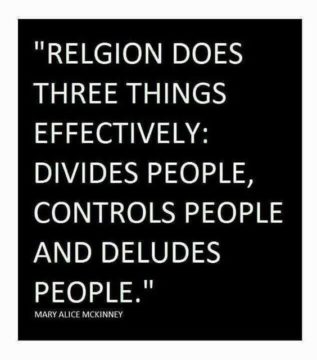 For those of us who classify ourselves as Nones—about 27 percent of the population, a broadminded, semi-coalition of nonreligious people—we must often remind the God-fearing that our goal is to live free from the fake martyrdom of those who say their right to worship and proselytize their faith is being denied. The allegation of censorship that many religions promulgate against the nonreligious has been a reliable untruth since the nation’s founding. But it seems never as hyped as it has been recently.
For those of us who classify ourselves as Nones—about 27 percent of the population, a broadminded, semi-coalition of nonreligious people—we must often remind the God-fearing that our goal is to live free from the fake martyrdom of those who say their right to worship and proselytize their faith is being denied. The allegation of censorship that many religions promulgate against the nonreligious has been a reliable untruth since the nation’s founding. But it seems never as hyped as it has been recently.
We know the tired, recycled charges. The “radical left” has started a war on Christmas, downgrading Christ’s birth to a “holiday.” College liberals so detest Christians that they try and denigrate their campus organizations or muzzle their speakers. Houses of worship and their arm-swaying congregants have been forbidden under Covid-19 lockdowns to gather. Christian film and music stars, especially country singers, have a tougher time getting gigs than their secular counterparts since the entertainment industry is biased against the faithful.
This is mumbo-jumbo. Just look at the cultural and historical force of Christianity in America where 70 percent are looped in: the massive voting blocs of Catholics and Evangelicals, the millions of crosses on church steeples seen everywhere, the two-dozen Christian channels that proliferate on my DirectTV, the solicitation of God on our money and in our pledge of allegiance, the Christ-adoring superstars from Reba McEntire to Chris Pratt, and the testimonials after Covid scourges or West Coast firestorms by those who survived, apparently, due to divine intervention. Read more »
by Brooks Riley
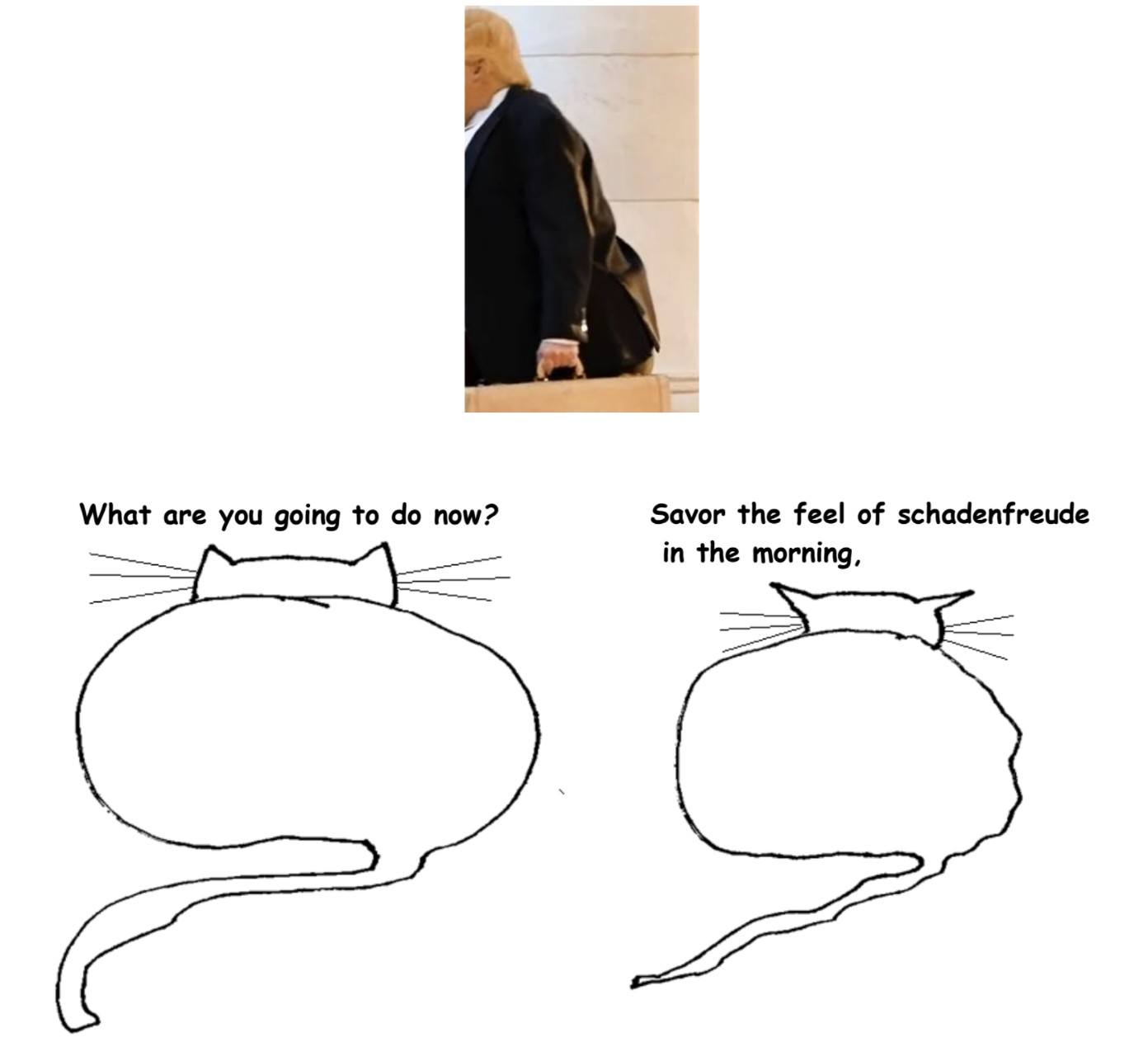
by Adele A Wilby
 The presence of covid-19 running amok amongst us has momentarily disrupted the perimeters of our lives. That two, three, or possibly four generations are not always able to gather together under one roof has given rise to greater appreciation of the family.
The presence of covid-19 running amok amongst us has momentarily disrupted the perimeters of our lives. That two, three, or possibly four generations are not always able to gather together under one roof has given rise to greater appreciation of the family.
Those four generations that meet or live together frequently span the scope of living memory; anything beyond is found in fading photos, objects that have become family heirlooms, or indeed the tradition of oral family history. But while the existence of three generations gathered under one roof might seem normal today, it is however an extremely limited understanding of the ‘family’ when we consider the generations that have made up the existence of related hominins on the planet; they literally amount to thousands. Learning about these past generations of kindred has been for me therefore, a refreshing read over the holiday period. Rebecca Wragg Sykes has to be applauded for realising one of the purposes of writing her book Kindred, Neanderthal Life, Love, Death and Art which she says, is for ‘those who’ve heard of Neanderthals or not…’
As a curious amateur eager to learn more about out kindred and indeed the work of archaeologists, any hesitation that jargon and too much information might be overwhelming and a turn off as I read the book, was quickly dispelled. Her obvious literary talent manifests so patently in the opening paragraph of the book. ‘Time is devious’, she tells us, ‘…as we exist in a continuously flowing stream of “now”’ How right she is, and so is her view that ‘comprehending the scale of time on an evolutionary, planetary, cosmic level remains almost impossible…’ Despite the profound complexity of the human brain, it would seem at this period in human history, or human evolution, its potential remains limited. Indeed, for Sykes ‘comprehending the gobsmacking hugeness of deep archaeological time…’ is equally as challenging. Nevertheless, her opening paragraph highlights our ‘now’ within the grand scheme of the existence of hominins on the planet and such a prospect is not only exciting but generates in the reader an appetite for what lies ahead in the pages to come, and for me she delivers a fascinating account about other hominins who came before us: the Neanderthals. Read more »
by Sabyn Javeri Jillani
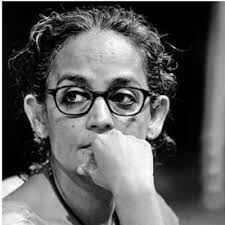
In April 2020, Arundhati Roy wrote in the Financial Times, “Historically, pandemics have forced humans to break with the past and imagine the world anew. This one is no different. It is a portal, a gateway between one world and the next.”
Her words reminded me of the state of Barzakh, the transitory stage between this world and the next. Separating the living from the hereafter, it’s often described as a veil or a bridge between death and resurrection. The Sufi philosopher Al Ghazali described it as a place where souls are suspended in time, neither in hell nor heaven, resembling the Catholic theological state of limbo. It is a similar state that I find myself in as I write this, despite the fact that the new year started off on a hopeful note.
But can a change of date really shake off the turmoil and confusion of last year? 2020 was an year of loss for so many of us. The world events around me seemed to reflect my inner state as I too experienced a deep sense of personal loss. There was a kind of implausible horror that encircled most of us as streets became empty and touch disappeared from our vocabulary. The withdrawal of the world reflected the inertia we felt inside as life came to a grinding halt. I mourned with the rest of the world, the loss of an era. Although the optimists amongst us reminded us that, ‘endings are new beginnings’, it was hard not to think of the pandemic as the ‘beginning of the end’. Read more »
Text by David Oates
Artwork by Alex Hirsch
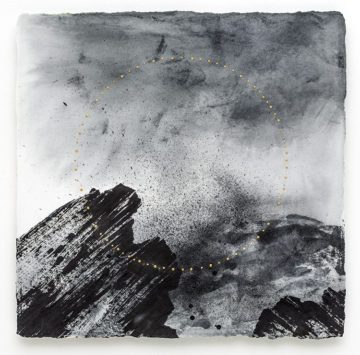 1. “A more perfect union.” The Founders expressed a breezy confidence, didn’t they? As if such a thing were possible – the distant states cohered into a nation; the various occupants working it all out. Loyal. Collaborative. Taking part in the common welfare. While remaining, of course, individual and autonomous and free, free, free. (Certain restrictions applied.)
1. “A more perfect union.” The Founders expressed a breezy confidence, didn’t they? As if such a thing were possible – the distant states cohered into a nation; the various occupants working it all out. Loyal. Collaborative. Taking part in the common welfare. While remaining, of course, individual and autonomous and free, free, free. (Certain restrictions applied.)
I’m a child of the sixties but have kept a wary distance from virtually all forms of organized groupiness, togetherness, or even (alas) belonging. I’m a curious observer, though.
2. Planetary Ecology. The modern environmental movement based itself on the analogy of the organism: we were really one big animal. “We” meaning all of nature (Gaia), or an ecosystem, or a human community. It worked on various levels! Lewis Thomas, one of our gurus, held up the example of a critter that was disunified cells, squiggling around individualistically (“voting straight Republican” he quipped). . . until something signalled them and they joined together as one, “solid as a trout”! That this exemplary organism was slime mold did not strike us, in the sixties, as funny. Decades later, our sliminess seems way less promising.
Now our planetary health teeters on a terrifying brink and the message of connectedness seems more compelling than ever. Biologically, we are interwoven in increasingly obvious ways we still can’t seem to accept. Read more »
by Claire Chambers

I recently edited an anthology about food from Muslim South Asia. Published by Pan Macmillan in India as Desi Delicacies, the book’s first half is made up of life writing essays, while the second half comprises short stories. To give a taste of the volume, it opens with Bina Shah’s virtuosic Foreword: Appetizer. In it, the author of Before She Sleeps reflects on food’s alchemical ability ‘to prolong life and […] turn base materials into noble ones’. This book, as Shah intimates, abounds with orphans, widows, and divorcees, and memories of the departed make particular repasts taste all the sweeter.
My own love for South Asian Muslim culture, literature, and food was ignited by my year off before university. This is something I touch on in my Introduction: Food in the Time of Corona, which started life as a 3QD blog post. I spent that year in the mid-1990s teaching in Mardan and Peshawar, in the northwestern Pakistani region of Khyber Pakhtunkhwa. I celebrated my eighteenth birthday there, and it genuinely was a coming of age. The year set me on a course of reading and writing on the topic of South Asian Muslim literature which I have pursued with hardly any interruptions ever since. Along the way, I’ve been lucky enough to get to know some astounding authors, many of whom were gracious enough to contribute to this anthology.
The first piece in Part One: Essays is The Homesick Restaurant, an autobiographical fragment by Nadeem Aslam, one of the best-known Pakistani writers. The piece features a kachnar flower and a long-lost relative, and packs the punch of deggi mirch chilli powder in fewer than a thousand words. Really, it just has to be savoured. Read more »